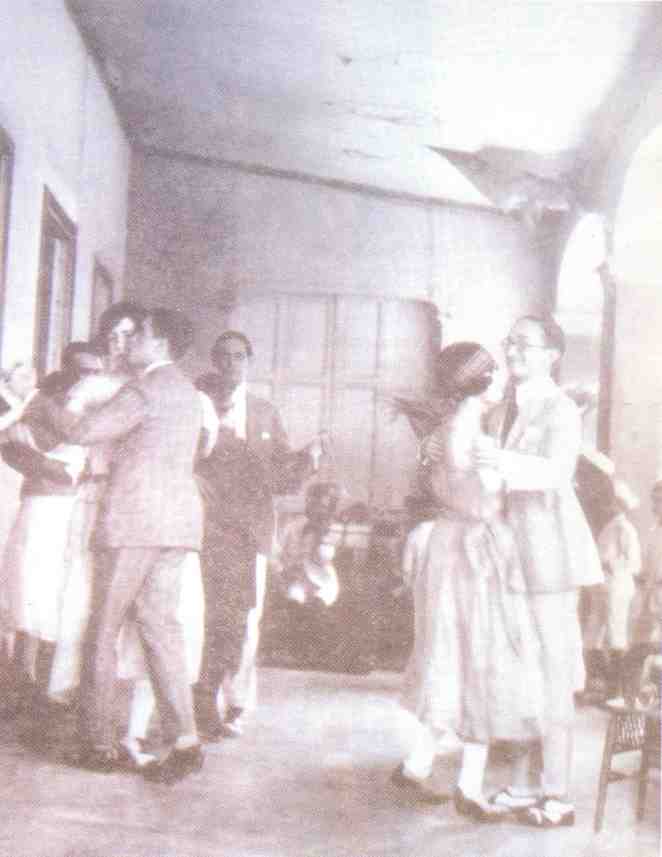
History of Merengue
The Merengue is the national dance of the Dominican Republic, and also to some extent, of Haiti, the neighbor sharing the island.
There are two popular versions of the of the origin of the Dominican national dance, the Merengue. One story alleges the dance originated with slaves who were chained together and, of necessity, were forced to drag one leg as they cut sugar to the beat of drums.
The second story alleges that a great hero was wounded in the leg during one of the many revolutions in the Dominican Republic. A party of villagers welcomed him home with a victory celebration and, out of sympathy, everyone dancing felt obliged to limp and drag one foot.
Merengue has existed since the early years of the Dominican Republic (in Haiti, a similar dance is called the Meringue or Mereng). It is possible the dance took its name from the confection made of sugar and egg whites because of the light and frothy character of the dance or because of its short, precise rhythms.
By the middle of the nineteenth century, the Merengue was very popular in the Dominican Republic. Not only is it used on every dancing occasion in the Republic, but it is very popular throughout the Caribbean and South America, and is one of the standard Latin American dances.
There is a lot of variety in Merengue music. Tempos vary a great deal and the Dominicans enjoy a sharp quickening in pace towards the latter part of the dance. The most favored routine at the clubs and restaurants that run a dance floor is a slow Bolero, breaking into a Merengue, which becomes akin to a bright, fast Jive in its closing stages. The ballroom Merengue is slower and has a modified hip action.
The Merengue was introduced in the United States in the New York area. However, it did not become well known until several years later.
Ideally suited to the small, crowded dance floors, it is a dance that is easy to learn and essentially a "fun" dance.
Origins of Merengue
by Carmen Vazquez
The origin of this dance, according to the Dominicans themselves, from a program shown on TV "SANTO DOMINGO INVITA".
Merengue is a combination of two dances, the African and the French Minuet, from the late 1700's - early 1800's. The African slaves saw the ballroom dances in the Big Houses and when they had their own festivities started mimicking the "masters' dances". But the Europeans dances were not fun, they were very boring and staid, so over time, the slaves added a special upbeat (provided by the drums), this was a slight skip or a hop.
The original Merengue was not danced by individual couples, but was a circle dance, each man and woman faced each other and holding hands - at arm's length. They did not hold each other closely and the original movements of this dance were only the shaking of the shoulders and swift movement of the feet.
There was no blatant movement of the hips like there is today, as native African dances do not move the hips. In fact, African dances, as well as other Indigenous dances throughout the world, consist of complicated steps and arm movements.
Tribal dancing does not have "primitive" sexual shaking of the hips, this is only done in Hollywood movies.
So, the origin of the Merengue is very similar to that of the "Cake Walk" dance of the American South.
Previous in History: Mambo
Next in History: Peabody